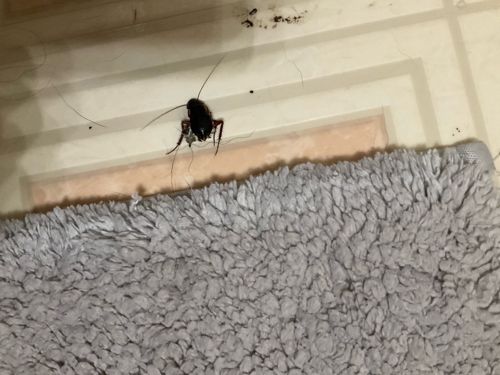American Cockroach
Scientific Name: Periplaneta americana
Order & Family: Blattodea, Blattidae
Size: 35-50 mm (1.4-2.0 inches) in length.

Natural Habitat
Warm, humid, and dark environments, often found in basements, sewers, drains, kitchens, bathrooms, and other areas with readily available food and water. They can also live outdoors in sub-tropical and tropical climates.
Diet & Feeding
Omnivorous scavengers; they eat almost anything organic, including food scraps, decaying matter, sweets, starches, grease, paper, fabric, and even other insects.
Behavior Patterns
Nocturnal; active at night, hiding in cracks and crevices during the day. Known for rapid movement when disturbed. They reproduce quickly, with females laying egg cases (oothecae) multiple times in their lifespan. Nymphs (immature cockroaches) molt several times before becoming adults.
Risks & Benefits
Risks: Can be a pest, contaminating food and surfaces with bacteria (e.g., Salmonella, E. coli), allergens, and protozoans. Their presence can trigger asthma and allergy symptoms in sensitive individuals. They are generally considered unhygienic. Benefits: In natural ecosystems, they play a role as decomposers, breaking down organic matter.
Identified on: 8/11/2025